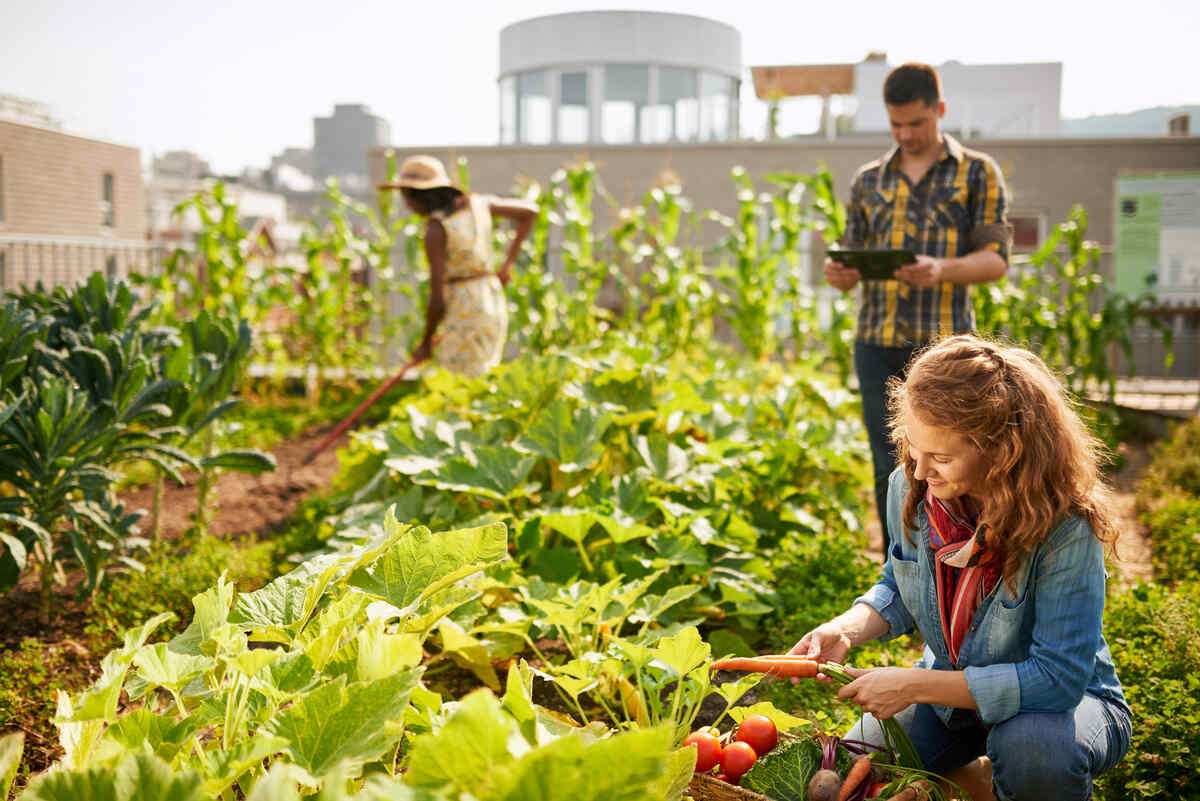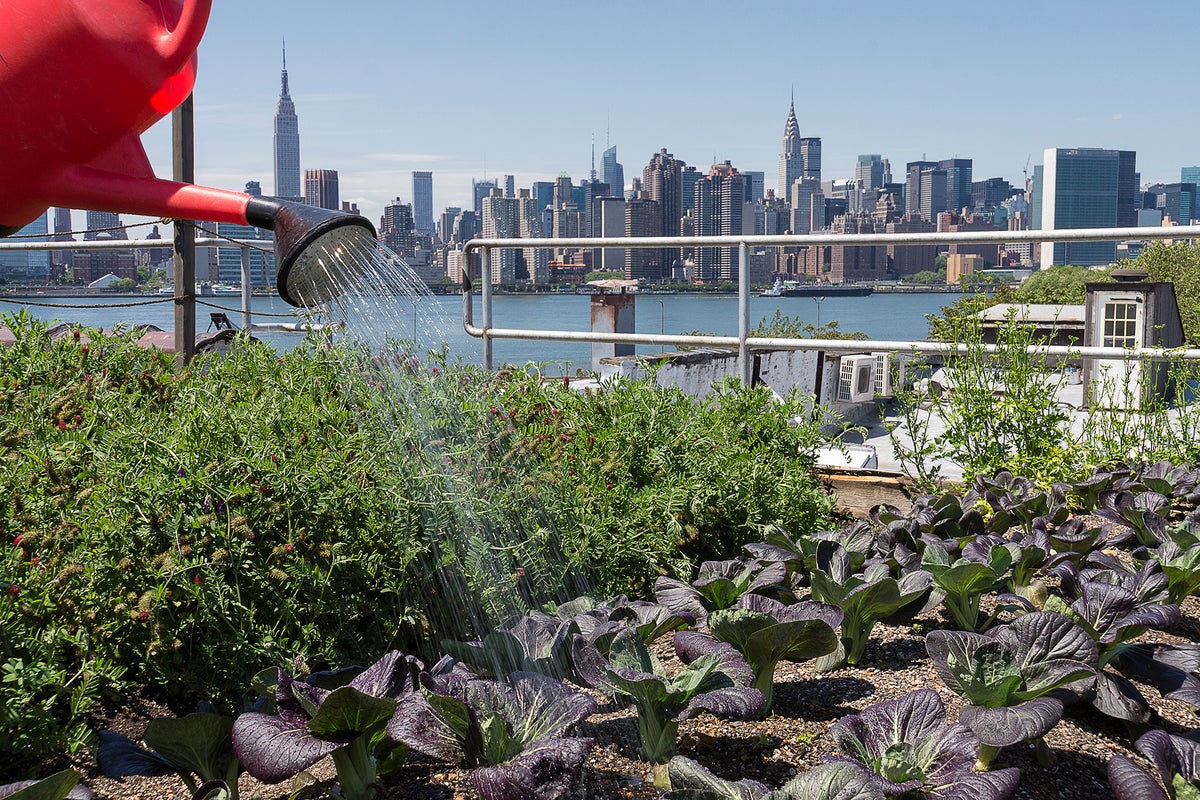Rumored Buzz on City Blooming
Intrigued in expanding food for sale in the City of Chicago? Believing concerning starting a community yard? Adjustments to the Chicago Zoning Regulation allow agricultural usages like area yards and urban ranches in numerous components of the city. Below is a checklist of regularly asked inquiries relating to the regulations and policies that farmers need to consider when preparing an urban farming job.
The zoning amendment does not change any type of other codes managing composting, structure authorizations, acquiring or renting City had residential or commercial property, business licenses or ecological contamination. There are existing codes that control these issues and they continue to be in complete effect and might be applicable to your project. Community gardens are typically possessed or taken care of by public entities, public organizations or community-based organizations and kept by volunteers.
Urban ranches expand food that is meant to be sold, either on a nonprofit or for-profit basis. Due to their business function, metropolitan ranches require a service certificate. Yes. An area garden is permitted to market excess generate that was grown on site if the sales are accessory or secondary to the yard's key function explained above.
City Blooming Fundamentals Explained
Composting is allowed but just for plant material that is produced and used on site. The quantity of garden compost product can not go beyond 25 cubic yards at any type of given time according to the standards in 7-28-715 of the City's Municipal Code. Yes. Since the soil at a lot of brand-new garden sites requires amending, garden compost, dirt, wood chips, or various other products can be gotten to construct or improve the expanding room - balcony and patio garden design.

If a building permit is required then the hoophouse will certainly be considered an accessory building. You can learn more about the structure authorization needs by contacting the Division of Structures. The 25,000-square-foot size limitation is planned to stop a solitary neighborhood yard from dominating a given block or interfering with the block's existing domestic or commercial character.
The limit does not relate to gardens located in Public Open Area (POS) districts. Can there be more than one neighborhood garden that is 25,000 square feet on a solitary block? Yes. The dimension limitation puts on specific gardens, not to individual blocks. No. Fence is not called for, however, yards that have large parking lot may be called for to set up fencing or other landscape design functions.
Examine This Report about City Blooming
B1 & B2 districts call for that all business usage activities be carried out indoors. Is secure fencing required for urban ranches? Fences may be needed, along with landscape design and screening, for specific vehicle parking areas and exterior job or storage space locations depending on place and the specific task taking place.
Yes. Urban ranches call for building permits and zoning approvals prior to construction. Other forms of city review might be called for relying on details structures, activities, dimension, landscape design, licensing, public health and stormwater monitoring problems. A number of these needs are recognized in best site the task layout or permitting process, nevertheless, the applicant might be accountable to independently recognize particular licenses or permits that might be needed.
Yes. The kind of permit is determined by what is taking place at the site. The Division of Organization Affairs and Consumer Protection can help identify the details type of service license that's called for. Yes. Off street car park is required for the majority of industrial tasks in Chicago. The needed variety of garage is based upon the number of employees working with site and not the square video footage of the growing area.
Get This Report about City Blooming

Yes. An urban farm can offer garden compost material produced on website, however, the operation needs to adhere to the laws in 7-28-715 of the Chicago Municipal Code. Yes. Aquaponic systems are enabled inside your home on city farms in numerous zoning areas. However, a zoning evaluation and building license is called for in order to mount frameworks or systems and a company permit is called for as defined over.
Approximately five hives or colonies of honey might be kept as an accessory use. Beekeepers must sign up with the Illinois Department of Farming. For even more info about the proposed zoning modification you might contact the Department of Real Estate and Economic Development, Bureau of Planning and Zoning at 312.744.8563.
Farming in cities and metropolitan areas An urban ranch in Chicago. Urban agriculture refers to numerous methods of growing. https://www.edocr.com/v/rklelljq/danielnold94107/city-blooming, handling, and distributing food in metropolitan locations. The term likewise applies to the location tasks of pet husbandry, aquaculture, beekeeping, and horticulture in a metropolitan context. Urban agriculture is identified from peri-urban farming, which takes area in country locations beside residential areas.
City Blooming Things To Know Before You Get This
It can entail a movement of natural cultivators, "foodies" and "locavores", that look for to create social media networks based on a shared principles of nature and neighborhood holism. These networks can create by method of formal institutional assistance, coming to be integrated right into local town as a "transition town" movement for sustainable city growth.
In either situation, the more direct accessibility to fresh vegetable, fruit, and meat items that may be know with city agriculture can boost food safety and security and food safety and security while reducing food miles, causing reduced greenhouse gas exhausts, thus adding to environment change mitigation. A few of the very first proof of city farming comes from Mesopotamia.
Comments on “The Best Strategy To Use For City Blooming”